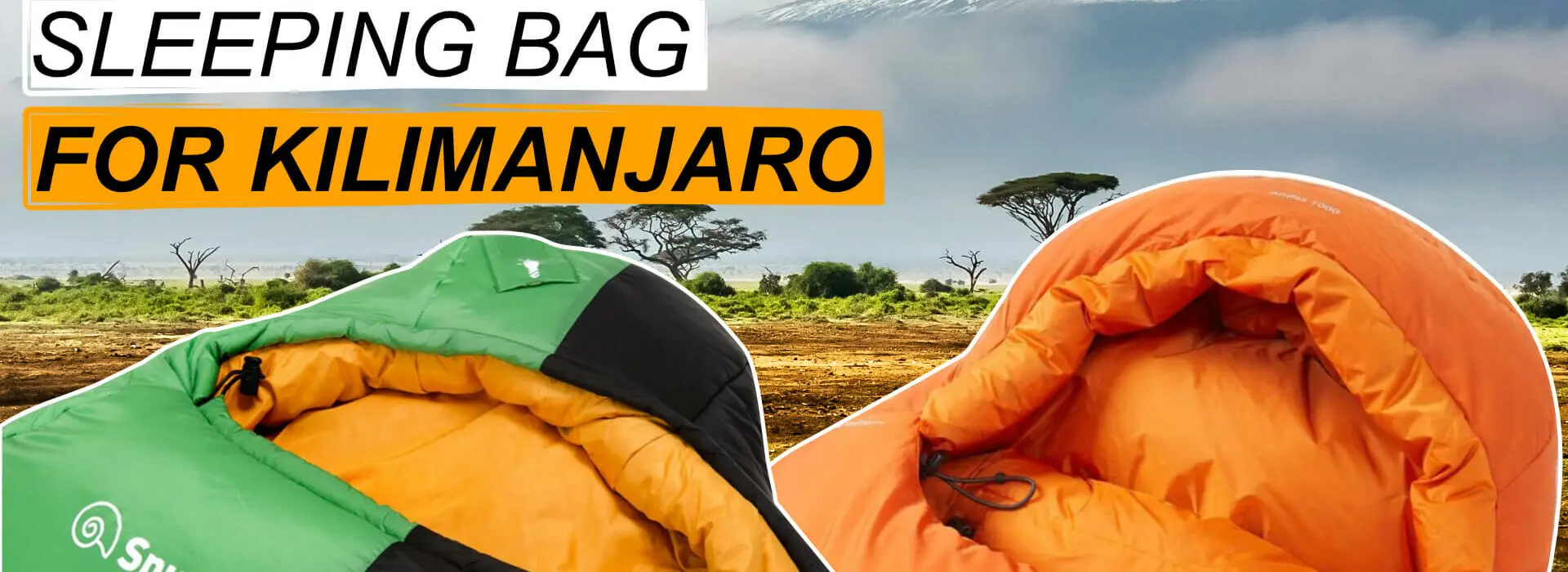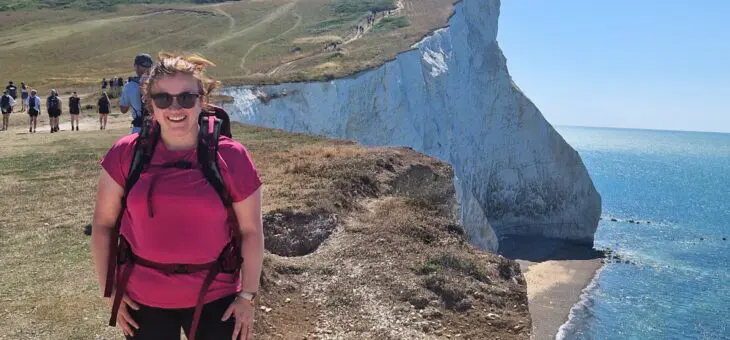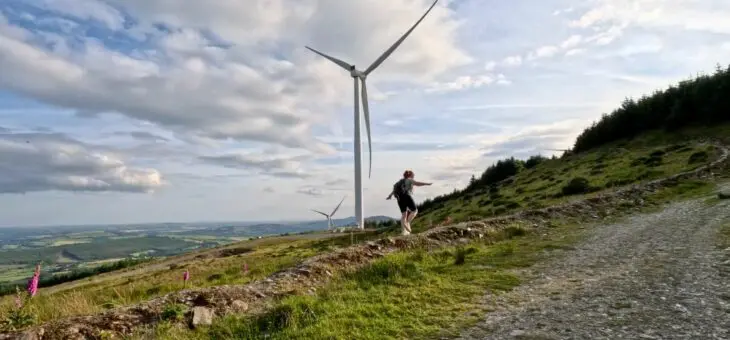Successfully summiting Mount Kilimanjaro is no mean feat. But, ensuring you get a good night’s sleep will greatly improve your chances and is incredibly important when you’re climbing Kilimanjaro. Sleeping well helps you adjust to the altitude, and rest the body so that you’re fighting fit for the next day.
One of the most important tools to getting a great night’s sleep is picking the right sleeping bag. If you’re wondering what the best sleeping bag for Kilimanjaro is, we’ve put together our top tips just for you. Read on, or watch the video with James below!
The best sleeping bag for Kilimanjaro
It’s so important to have the appropriate gear when climbing Kilimanjaro, and that includes your sleeping bag. If you’re not warm in your sleeping bag, the cold will wake you up constantly throughout the night. Not getting a good night’s sleep will have a negative effect on your energy levels throughout the day, and have a big impact on your performance during your climb.
Temperature Ratings For Your Kilimanjaro Sleeping Bag
While you might be forgiven for thinking that Tanzania will be hot, the highest camp we sleep at on Kilimanjaro is at 4,800m, and nighttime temperatures will likely drop below freezing. In fact, temperatures at the higher camps on Kilimanjaro can dip well below -10 degrees Celsius, so it’s important that you have a good, warm sleeping bag. The last thing you want is to be cold and uncomfortable.
We recommend a sleeping bag with a comfort rating of at least -15 degrees Celsius. The comfort rating is the outside temperature you will be comfortable at, while the extreme rating is the outside temperature you will survive at.
It’s also worth noting that in general, women feel colder than men, so some sleeping bags might have gender specific ratings. Either way, ratings are based on the “average” sleeper and should be used as a guideline. If in doubt, we’d recommend going with a warmer rating – it’s easier to cool down than to warm up!
Down vs Synthetic Sleeping Bags
There are two kinds of sleeping bags used on big mountains: synthetic and down. This refers to the type of material inside the sleeping bag. Both down and synthetic sleeping bags have roughly the same thermal properties. However, a down sleeping bag is filled with feathers and is about four times more expensive than the synthetic bag. The reason for that is it packs down smaller, and is much lighter. On an expedition like Aconcagua, where you have to carry your own equipment, a down bag is much better.
However, on an expedition like Kilimanjaro and Everest Base Camp, where our wonderful team of porters carry all your equipment, a synthetic bag is absolutely perfect.
Sleeping Bag Shape
The shape of the sleeping bag you choose for Kilimanjaro can also have an impact on how warm it is. There are two main shapes for sleeping bags: rectangular shape and a mummy shape. While the rectangular sleeping bag will feel less restrictive at your legs as it isn’t tapered, a mummy bag minimises the air flow inside the sleeping bag and will be warmer. Mummy bags also have a hood that you can pull tight around your head to add extra warmth. For climbing Kilimanjaro, and any other high-altitude expedition, a mummy bag is ideal.
So, which sleeping bag is best for climbing Kilimanjaro? One that is either down or synthetic, as long as it is mummy shaped with a comfort rating of at least -15 degrees Celsius! Something like the Snugpak Softie 5 is ideal for your Kilimanjaro expedition.
For more tips on what to bring to Kilimanjaro, visit our blog. Or, get all the details about our expedition to Kilimanjaro here!






